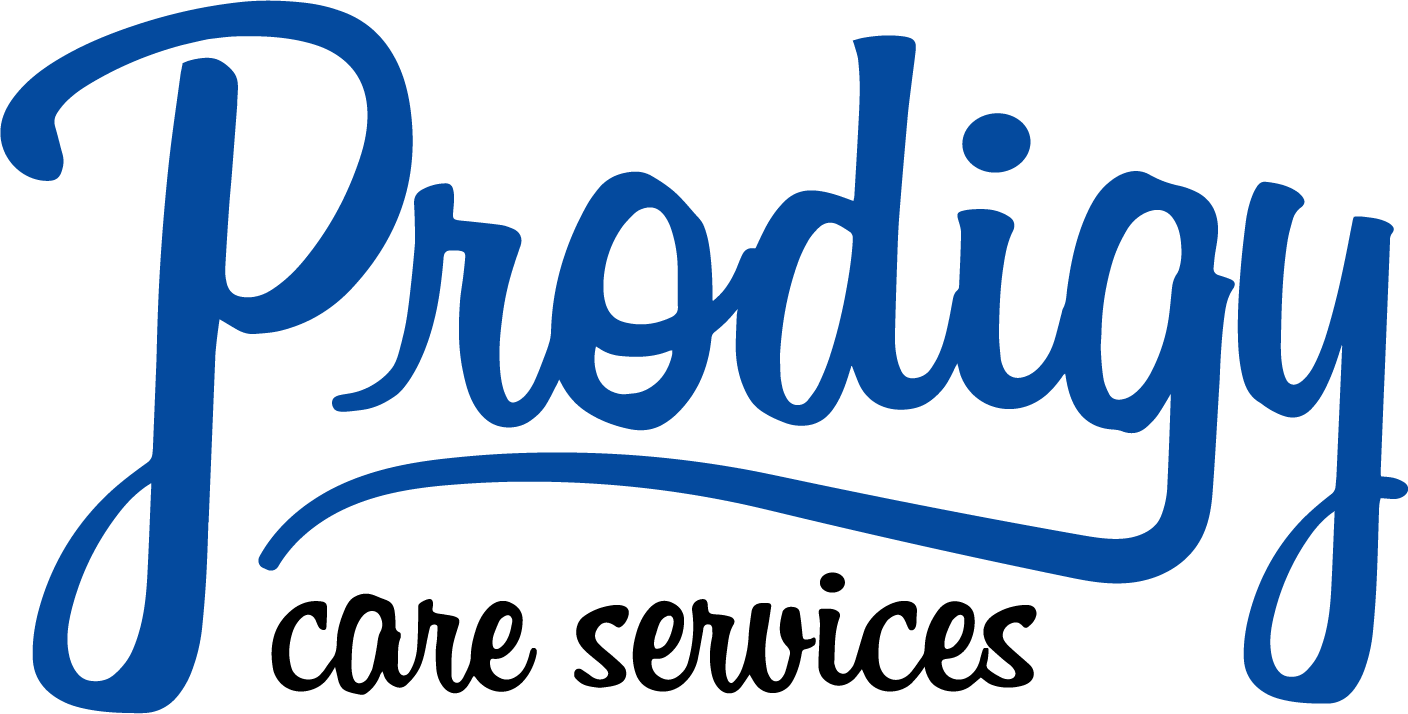Migraines and Workers’ Comp: A Headache for Payers (Part 1 of 2)
Summary
Migraine meds have gone from niche to #6 in workers’ comp drug spending—driven by costly new treatments now considered first-line care. They work, but the price tag is steep. Payers must balance rising claims with real relief or face a bigger financial headache.
Migraines aren’t just a bad headache—they’re a neurological condition that can knock people out of commission for hours or even days. With symptoms like nausea, fatigue, and extreme sensitivity to light and sound, it’s no surprise that migraines can make it tough to get through a workday. And when workplace factors trigger these attacks, employers may find themselves footing the bill through workers’ compensation claims.
Migraines in the Workplace: More Than Just a Pain
Roughly 37 million Americans suffer from migraines,[1] and while most cases are personal health issues, some are directly tied to work. Common culprits include:
Head or neck injuries (whiplash, concussions, repetitive strain)
High-stress environments
Exposure to workplace chemicals or fumes
Proving a work-related migraine isn’t easy—it requires solid medical documentation. But as workers’ comp claims for migraines increase, so do the costs.
Migraine Medications: Big Business
Historically, migraine treatments focused on pain relief, with some preventive drugs prescribed off-label. That changed with the arrival of next-generation migraine meds—high-cost, brand-name drugs designed to both prevent and treat migraines. And they’re making waves in workers’ comp.
A 2023 study by the California Workers’ Compensation Institute (CWCI) found that migraine medications’ share of total workers’ comp drug costs skyrocketed from 0.6% in 2018 to 4.7% in 2023.[2] Why? These new drugs work—and they aren’t cheap.
The Usual Suspects: Costly Migraine Medications Driving Up Claims
Specialty Migraine Medications
Three high-priced medications are leading the charge:
Aimovig® (erenumab-aooe)
Ajovy® (fremanezumab-vfrm)
Emgality® (galcanezumab-gnlm)
Take Aimovig®, for example. This monoclonal antibody drug accounted for 6.7% of all workers’ comp drug costs, with an average price tag of $708 per prescription.[2] Even though its prescription rate dropped slightly, its high cost keeps it a major player.
Non-Specialty Meds Making an Impact
CWCI also flagged three other migraine drugs that are racking up costs:
Ubrelvy® (ubrogepant)
Nurtec® ODT (rimegepant sulfate)
Qulipta® (atogepant)
Ubrelvy®, an oral CGRP inhibitor, saw its prescription rate rise to 7%, with costs climbing to $1,507 per prescription.[2] In other words, whether it’s a specialty or non-specialty drug, migraine meds are an increasingly expensive piece of the workers’ comp puzzle.
Why Employers Should Care
Just a few years ago, migraine medications weren’t even on the radar of California’s top 10 workers’ comp drugs.[2] Now, they sit at #6 in total payments. That’s a big shift—and one worth watching.
One reason for the surge? These drugs work, offering real relief or even preventing migraines altogether. And since migraine triggers are everywhere—poor sleep, stress, dehydration, even past traumatic brain injuries[3]—claims are bound to keep coming.
Ignoring migraines is costly. In 2019, U.S. businesses lost $19.3 billion due to migraines, with 80% of that from absenteeism.[4] When employees miss work due to untreated migraines, productivity takes a serious hit.
Shifting Medical Guidelines: First-Line vs. Last Resort
Another factor driving costs? Medical guidelines are changing. Originally, the American Headache Society (AHS) recommended these newer migraine drugs as a backup option. But in 2024, AHS upgraded them to first-line treatments for both chronic and episodic migraines.[5] That means more doctors are prescribing them upfront—and more claims are following suit.
The Bottom Line
The migraine medication boom isn’t slowing down, and neither are workers’ comp costs. With powerful new treatments gaining traction and medical guidelines shifting, employers should brace for even more claims and rising drug expenses.
For businesses, the challenge is twofold: managing costs while ensuring employees get the care they need. Keeping an eye on this evolving landscape will be key to staying ahead of the curve—and avoiding an even bigger financial headache down the road.
By Estrella Calderon
PharmD Candidate (P4)
For questions, e-mail pharmd@prodigyrx.com
Citations
Migraine. National Institute of Neurological Disorders and Stroke. Accessed January 28, 2025. https://www.ninds.nih.gov/health-information/disorders/migraine.
The Facts About Migraine. American Migraine Foundation. Accessed January 28, 2025. https://americanmigrainefoundation.org/resource-library/migraine-facts/.
Report examines migraine drugs as a potential cost driver in California workers’ comp. Insurance Journal. October 7, 2024. Accessed January 28, 2025. https://www.insurancejournal.com/news/west/2024/10/08/796164.htm#:~:text=Fewer%20than%201%25%20of%20all%20prescriptions%20dispensed,2018%2C%20according%20to%20a%20California%20Workers’%20Compensation.
Migraine and other Headache Disorders. World Health Organization. March 6, 2024. Accessed January 28, 2025. https://www.who.int/news-room/fact-sheets/detail/headache-disorders.
Thach A, Yucel A, Kumar S, et al. Estimating the Economic Burden of Migraine on US Employers. AJMC. December 11, 2020. Accessed January 28, 2025. https://www.ajmc.com/view/estimating-the-economic-burden-of-migraine-on-us-employers.
Zaheer R. New Migraine Guidelines Aim to Help Patients Beat the Pain. Pharmacy Times. October 16, 2024. Accessed January 28, 2025. https://www.pharmacytimes.com/view/new-migraine-guidelines-aim-to-help-patients-beat-the-pain.
Charles AC, Digre KB, Goadsby PJ, Robbins MS, Hershey A. Calcitonin gene-related peptide-targeting therapies are a first-line option for the prevention of migraine: An American Headache Society position statement update. Headache. 2024; 64: 333-341. doi:10.1111/head.14692


